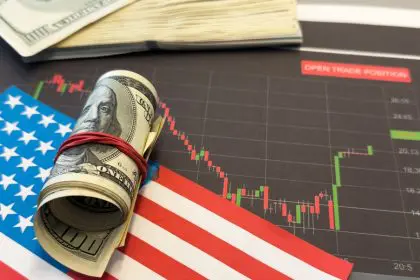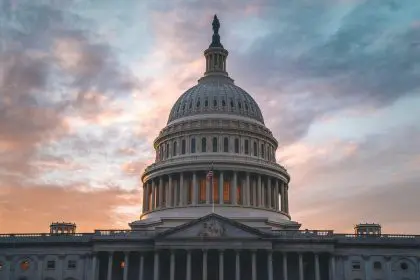As the economic landscape shifts, affordability remains a critical concern for consumers, especially in the wake of potential tariffs. Recent statements from Philip Daniele, the CEO of AutoZone, highlight the impending challenges that consumers may face if tariffs are implemented. According to Daniele, the automotive retail giant is preparing for increased product costs, which will ultimately be passed on to consumers.
Understanding tariffs and their implications
Tariffs, which are taxes imposed on imported goods, can range from 10 percent to 20 percent on various products, with even steeper rates of 60 percent to 100 percent on goods imported from China. This has raised significant concerns among consumers and corporations alike, as they brace for the impact on their wallets. Daniele’s remarks during a November 2024 earnings call underscore the reality that consumers will bear the brunt of these costs. This sentiment echoes across various sectors, indicating a widespread apprehension about rising prices.
Retail giants taking action
AutoZone is not alone in its concerns. Other companies, such as shoe retailer Steve Madden, are also preparing for the fallout from tariffs. With 70 percent of its sourcing coming from China, Steve Madden has announced plans to reduce its reliance on Chinese suppliers by 50 percent, opting instead to work with manufacturers in countries like Vietnam, Cambodia and Mexico. This proactive approach reflects a broader trend among retailers to mitigate the risks associated with tariffs and supply chain disruptions.
Consumer costs on the rise
The National Retail Federation (NRF) has voiced its concerns regarding the potential impact of tariffs on everyday goods. In a report released on Nov. 4, NRF officials warned that tariffs could lead to significant price increases for essential items, labeling the proposed tariffs as “a tax on American families.” The NRF estimates that American consumers could lose between $46 billion and $78 billion in spending power due to these tariffs. For instance, a $90 pair of sneakers could see its price rise to between $106 and $116, while a $100 coat could cost over $120.
The economic debate
While President-elect Trump has promised to slow down inflation, U.S. Treasury Secretary Janet Yellen has cautioned that tariff payments may actually exacerbate inflationary pressures. An analysis from the Budget Lab at Yale University supports this claim, asserting that domestic consumers and firms, rather than foreign countries, bear the burden of tariffs. This economic principle raises questions about the long-term viability of tariff policies and their effects on the average American.
Companies on hold
In light of the uncertainty surrounding tariffs, some companies are adopting a wait-and-see approach. Tarang Amin, CEO of ELF Beauty, has stated that he will need to evaluate the specific policies before considering any price adjustments. Amin expressed his discontent with tariffs, describing them as a tax on the American people. He noted that ELF Beauty has already been grappling with a 25 percent tariff since 2019, which has forced the company to explore various strategies to minimize the impact on both their business and the community.
Political perspectives
Supporters of the initial tariffs, such as Trump-Vance transition spokeswoman Karoline Leavitt, argue that these measures have created jobs and helped control inflation. Leavitt believes that the upcoming administration will focus on lowering taxes and fostering job creation while managing tariffs. This perspective highlights the ongoing debate about the effectiveness of tariffs as a tool for economic policy.
The looming threat of tariffs poses significant challenges for consumers and retailers alike. As companies like AutoZone and Steve Madden prepare for potential price hikes, it is essential for consumers to stay informed about the economic landscape and its implications for their purchasing power. The conversation surrounding tariffs is far from over, and its impact will continue to shape the retail environment in the months to come.
















